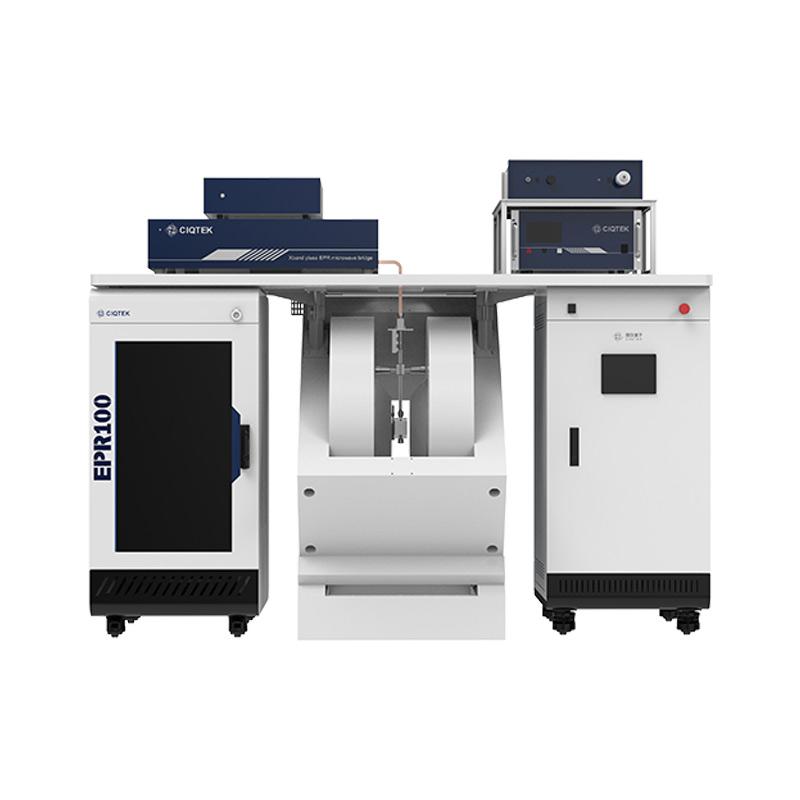CIQTEK X-band pulse electron paramagnetic resonance (EPR or ESR) spectroscopy EPR100 supports both continuous-wave EPR and pulse EPR functions. In addition to supporting conventional continuous-wave EPR experiments, the EPR100 can also finely control and measure electron spin quantum states using specific pulse sequences. This enables pulse EPR tests such as T1, T2, ESEEM (electron spin echo envelope modulation), HYSCORE (hyperfine sublevel correlation), etc.
The EPR100 offers a comprehensive range of optional accessories, such as ENDOR, DEER, TR-EPR, and AWG modules, which fully meet the requirements of all current pulsed experimental modes.
When paired with a variable temperature system, it enables the detection of paramagnetic substances at ultralow temperatures.
Pulsed EPR provides higher spectral resolution, revealing the hyperfine interactions between electrons and nuclei and delivering more detailed structural information. This capability is irreplaceable and crucial in scientific research areas such as materials science, biomolecular structure analysis, etc.






























































